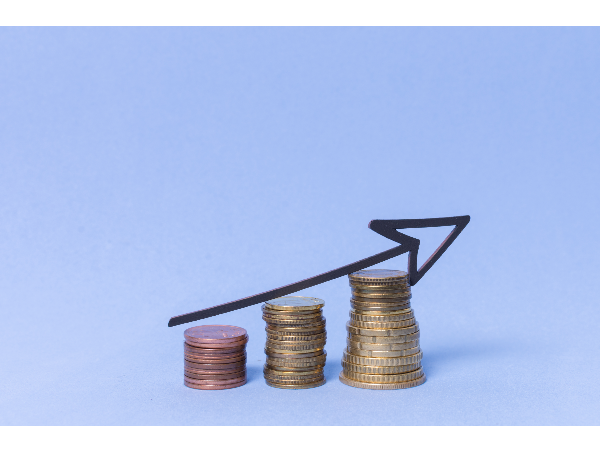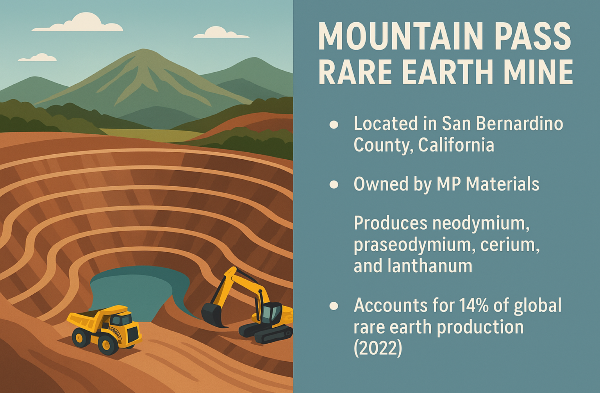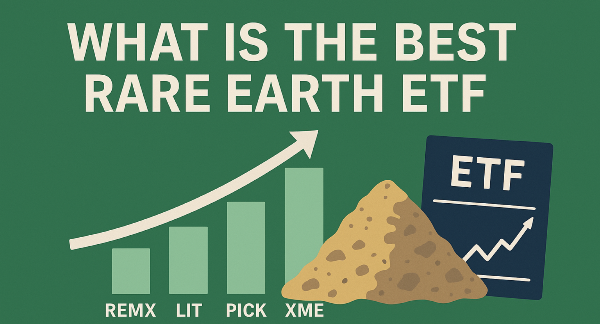Does Increasing Dividends Always Decrease Stock Price? Understanding the Nuance
Many investors operate under the common misconception that if a company increases its dividends, its stock price must inevitably fall. While there's a technical adjustment on the ex-dividend date – the point when a stock begins trading without the value of its next dividend payment – the idea that increasing dividends always leads to a sustained stock price decrease is an oversimplification. Dividends, which are payments made by a company to its shareholders, serve as a way to distribute profits. However, the long-term dividend impact on stock price is far more complex, influenced by a multitude of factors beyond this immediate adjustment. This article will debunk common myths, explore the various forces at play, and help you understand when a dividend increase truly affects stock valuation.
The Ex-Dividend Date Effect: A Technicality, Not Always a Downturn
The most immediate and predictable effect of an increasing dividend on stock price occurs on the ex-dividend date. On this day, the stock's price is theoretically expected to drop by the exact amount of the dividend payment. Think of it like cutting a slice from a pie: the total value of the pie remains the same, but the portion represented by the stock without the dividend is now smaller. This is a mechanical adjustment to reflect that new buyers will not receive the upcoming dividend. However, in the real world, this theoretical drop is often masked or amplified by other market forces. Market fluctuations, overall trading activity, and prevailing investor sentiment can significantly influence the actual price movement, meaning the observed drop might be less precise than the dividend amount itself, or even overshadowed by positive news.
Beyond the Immediate: When Higher Dividends Drive Stock Gains
Stepping beyond the brief ex-dividend date adjustment, an increasing dividend can often be a powerful positive signal for a company's stock price. A company consistently raising its dividend often signals robust financial health, strong earnings, stable cash flow, and management's confidence in future performance. This strong signal can attract income-focused investors, thereby increasing demand for the stock. Furthermore, a history of consistent dividend growth often leads investors to perceive the company as more stable and reliable, potentially making them willing to pay a premium. For long-term investors, the ability to reinvest dividends can also compound returns, often offsetting any minor immediate price dips. Ultimately, broader market and sector performance and overall economic conditions frequently exert a far greater influence on a stock's long-term trajectory than the immediate effect of a dividend increase.
When Increasing Dividends Might Signal Trouble
While often positive, an increasing dividend isn't always a bullish sign for a company's stock. Sometimes, an aggressive dividend increase can signal underlying issues. If a company increases its dividends to the point of unsustainable payout ratios, meaning it's distributing too much of its earnings, it can indicate financial strain. Investors might then fear a future dividend cut, which could trigger a sell-off. Similarly, if a company is prioritizing large dividend payouts at the expense of crucial investments in its own growth, research and development, or capital expenditures, investors may perceive this as a lack of future growth potential. This can lead to a lower stock valuation, as the company might be seen as mature with limited opportunities. In rare cases, an unexpectedly generous dividend increase might even raise questions about management's long-term strategy, potentially signaling a "cash return" focus without clear avenues for continued business expansion.
Key Factors Shaping the Long-Term Dividend Impact
Beyond the immediate mechanics of the ex-dividend date, several critical factors profoundly influence how an increasing dividend impacts a company's stock price over the long term. Paramount among these is the company's financial health and fundamentals, including the stability of its earnings, its ability to generate robust cash flow, and its overall debt levels. A strong financial footing allows a company to sustain and grow dividends, which in turn builds investor confidence. Furthermore, the broader industry and economic environment plays a significant role. Factors like sector growth rates, prevailing interest rates, and inflation can either amplify or dampen the positive effects of a dividend increase. Lastly, understanding the existing investor base and sentiment is crucial: are most investors attracted to the company for income, or are they seeking growth? How effectively management communicates its dividend policy and future strategic plans can also significantly shape how the market interprets and reacts to dividend increases.
Conclusion: Beyond the Drop – A Holistic View of Dividends
In conclusion, while a purely technical adjustment to a stock's price typically occurs on the ex-dividend date following a dividend payment, it's crucial to understand that an increasing dividend does not always lead to a sustained stock price decrease. As we've explored, numerous factors can influence the long-term dividend impact on stock price, often leading to positive outcomes as strong dividends signal financial health and attract investors. Therefore, the key takeaway for any investor is to look beyond the immediate, often negligible, ex-dividend drop. Instead, thoroughly analyze the underlying reasons for the dividend increase, assess the company's overall financial health and future growth prospects, and consider the broader market context. We encourage readers to conduct their own diligent research and consider consulting with a financial advisor to make informed investment decisions.




























Does Increasing Dividends Always Decrease Stock Price? Understanding the Nuance
Many investors operate under the common misconception that if a company increases its dividends, its stock price must inevitably fall. While there's a technical adjustment on the ex-dividend date – the point when a stock begins trading without the value of its next dividend payment – the idea that increasing dividends always leads to a sustained stock price decrease is an oversimplification. Dividends, which are payments made by a company to its shareholders, serve as a way to distribute profits. However, the long-term dividend impact on stock price is far more complex, influenced by a multitude of factors beyond this immediate adjustment. This article will debunk common myths, explore the various forces at play, and help you understand when a dividend increase truly affects stock valuation.
The Ex-Dividend Date Effect: A Technicality, Not Always a Downturn
The most immediate and predictable effect of an increasing dividend on stock price occurs on the ex-dividend date. On this day, the stock's price is theoretically expected to drop by the exact amount of the dividend payment. Think of it like cutting a slice from a pie: the total value of the pie remains the same, but the portion represented by the stock without the dividend is now smaller. This is a mechanical adjustment to reflect that new buyers will not receive the upcoming dividend. However, in the real world, this theoretical drop is often masked or amplified by other market forces. Market fluctuations, overall trading activity, and prevailing investor sentiment can significantly influence the actual price movement, meaning the observed drop might be less precise than the dividend amount itself, or even overshadowed by positive news.
Beyond the Immediate: When Higher Dividends Drive Stock Gains
Stepping beyond the brief ex-dividend date adjustment, an increasing dividend can often be a powerful positive signal for a company's stock price. A company consistently raising its dividend often signals robust financial health, strong earnings, stable cash flow, and management's confidence in future performance. This strong signal can attract income-focused investors, thereby increasing demand for the stock. Furthermore, a history of consistent dividend growth often leads investors to perceive the company as more stable and reliable, potentially making them willing to pay a premium. For long-term investors, the ability to reinvest dividends can also compound returns, often offsetting any minor immediate price dips. Ultimately, broader market and sector performance and overall economic conditions frequently exert a far greater influence on a stock's long-term trajectory than the immediate effect of a dividend increase.
When Increasing Dividends Might Signal Trouble
While often positive, an increasing dividend isn't always a bullish sign for a company's stock. Sometimes, an aggressive dividend increase can signal underlying issues. If a company increases its dividends to the point of unsustainable payout ratios, meaning it's distributing too much of its earnings, it can indicate financial strain. Investors might then fear a future dividend cut, which could trigger a sell-off. Similarly, if a company is prioritizing large dividend payouts at the expense of crucial investments in its own growth, research and development, or capital expenditures, investors may perceive this as a lack of future growth potential. This can lead to a lower stock valuation, as the company might be seen as mature with limited opportunities. In rare cases, an unexpectedly generous dividend increase might even raise questions about management's long-term strategy, potentially signaling a "cash return" focus without clear avenues for continued business expansion.
Key Factors Shaping the Long-Term Dividend Impact
Beyond the immediate mechanics of the ex-dividend date, several critical factors profoundly influence how an increasing dividend impacts a company's stock price over the long term. Paramount among these is the company's financial health and fundamentals, including the stability of its earnings, its ability to generate robust cash flow, and its overall debt levels. A strong financial footing allows a company to sustain and grow dividends, which in turn builds investor confidence. Furthermore, the broader industry and economic environment plays a significant role. Factors like sector growth rates, prevailing interest rates, and inflation can either amplify or dampen the positive effects of a dividend increase. Lastly, understanding the existing investor base and sentiment is crucial: are most investors attracted to the company for income, or are they seeking growth? How effectively management communicates its dividend policy and future strategic plans can also significantly shape how the market interprets and reacts to dividend increases.
Conclusion: Beyond the Drop – A Holistic View of Dividends
In conclusion, while a purely technical adjustment to a stock's price typically occurs on the ex-dividend date following a dividend payment, it's crucial to understand that an increasing dividend does not always lead to a sustained stock price decrease. As we've explored, numerous factors can influence the long-term dividend impact on stock price, often leading to positive outcomes as strong dividends signal financial health and attract investors. Therefore, the key takeaway for any investor is to look beyond the immediate, often negligible, ex-dividend drop. Instead, thoroughly analyze the underlying reasons for the dividend increase, assess the company's overall financial health and future growth prospects, and consider the broader market context. We encourage readers to conduct their own diligent research and consider consulting with a financial advisor to make informed investment decisions.